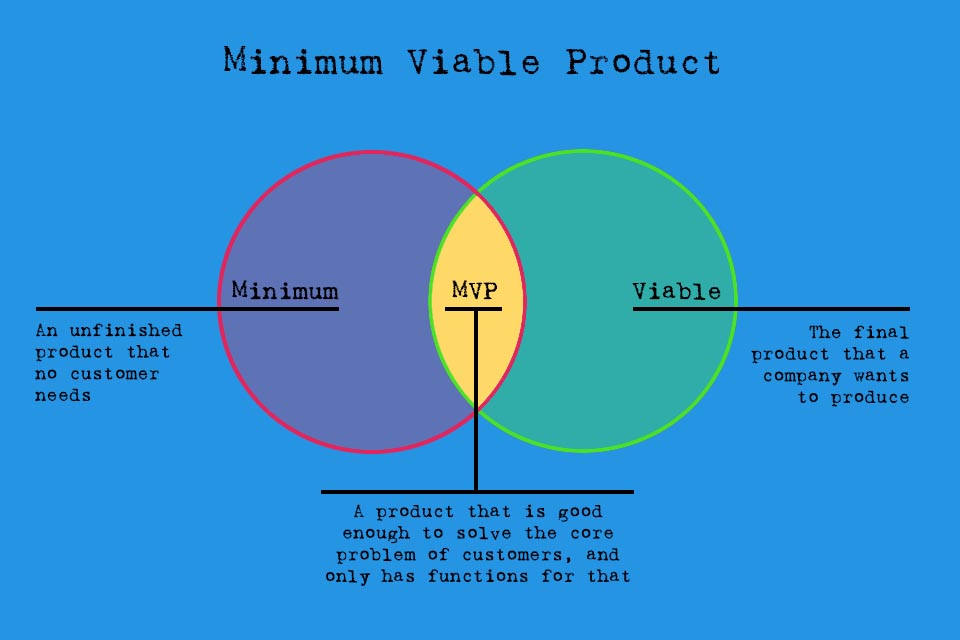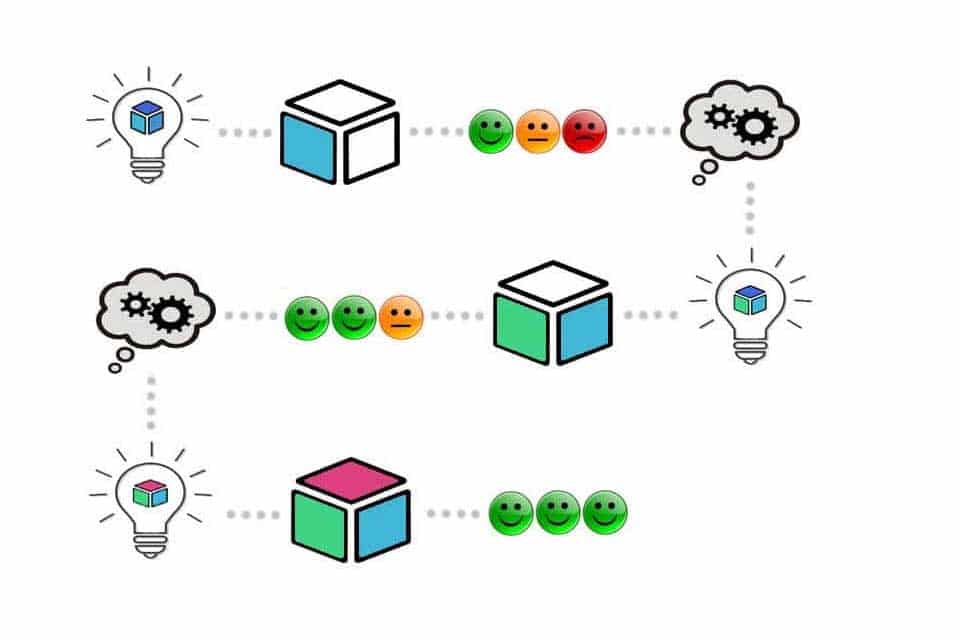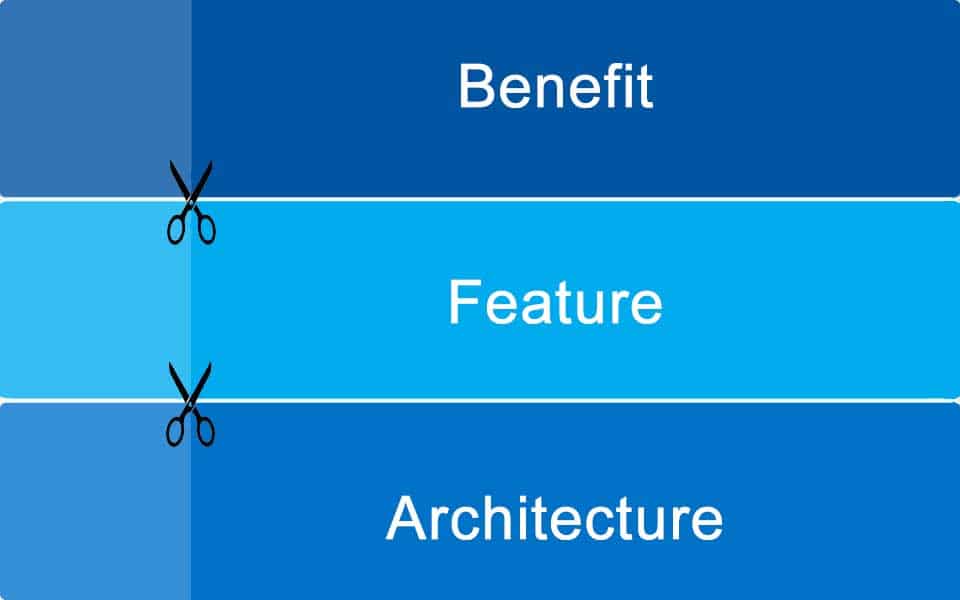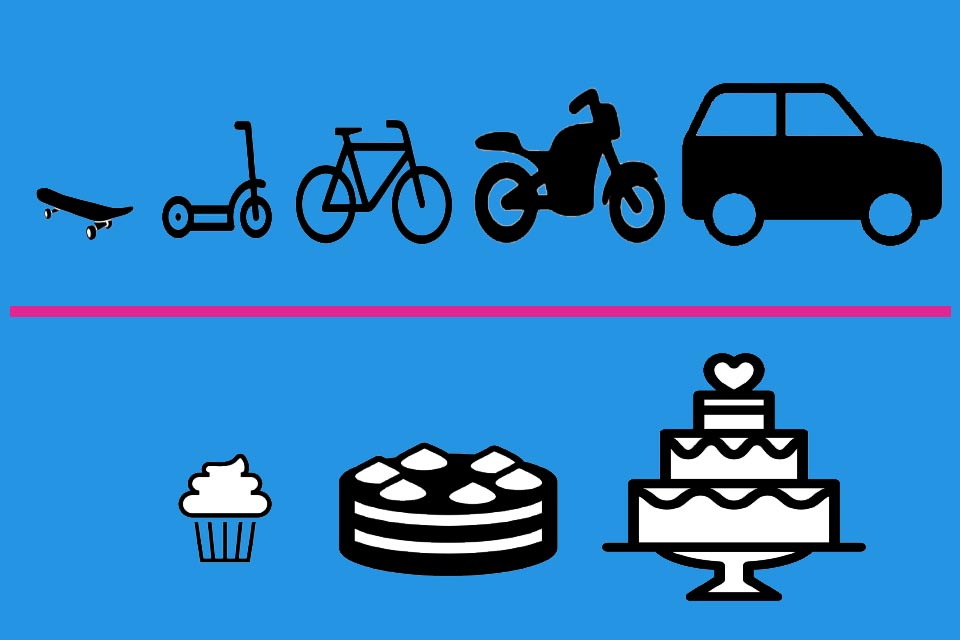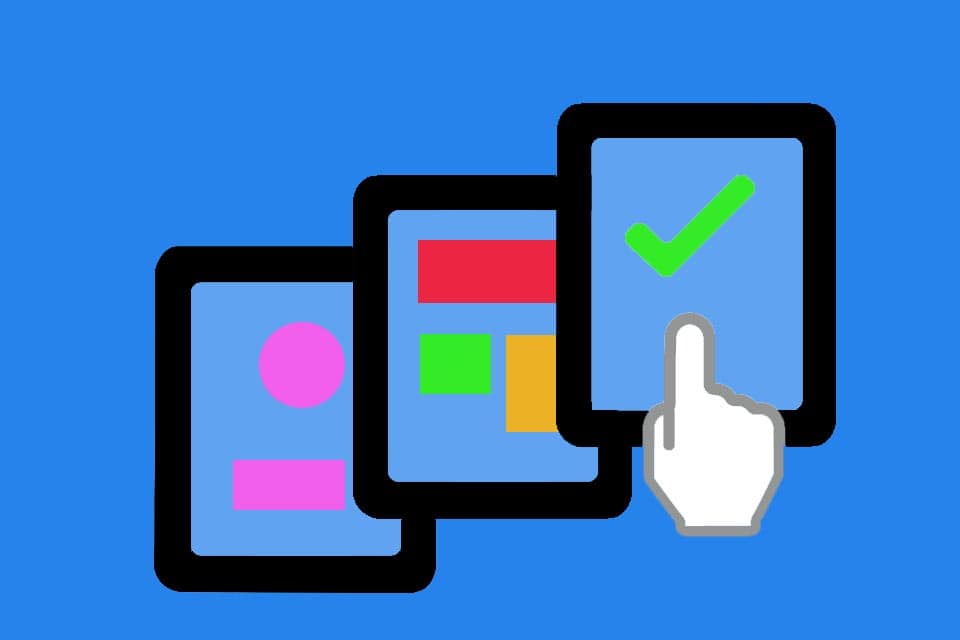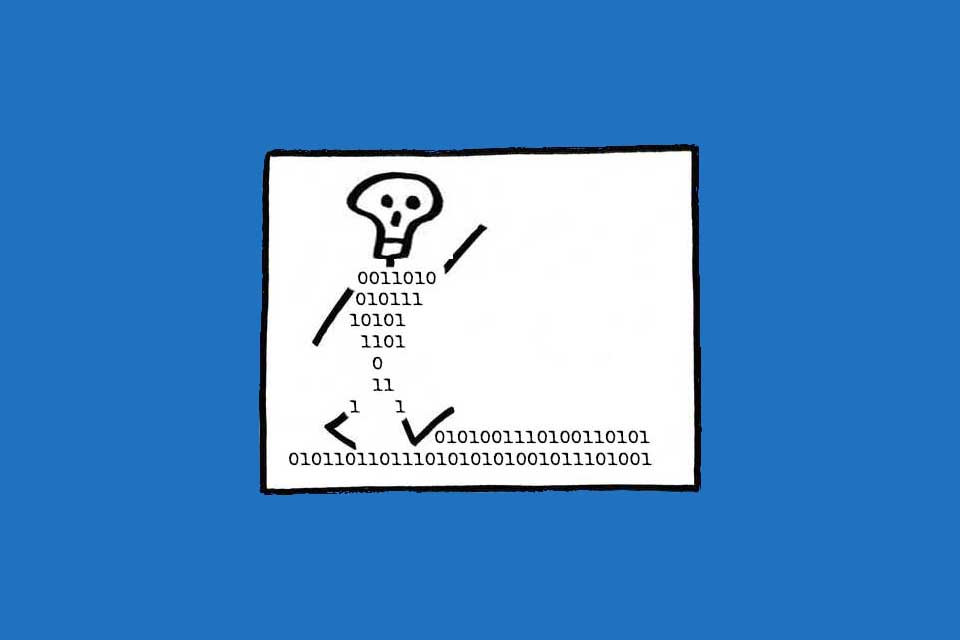What is a Minimum Viable Product?
Table of Contents: Definition – Goal – Process – Approach – Advantages – Visualisation – Questions from the field – Download – Notes
Smartpedia: The Minimum Viable Product is the first version of a product that enables early feedback and minimises risks during development.
Minimum Viable Product Definition
The Minimum Viable Product – often abbreviated as MVP – is an instrument for minimising risk in the course of developing products, services or business models. Eric Ries, one of the inventors of the so-called Lean Startup Method defines it as “… that version of a new product which allows a team to collect the maximum amount of validated learning about customers with the least effort”.
In other words, it is a useful product with minimal properties. It is a version of a new product, service or business idea that is created with little effort and used to gain customer or user feedback. Provided the information and feedback gained is positive for further development, it flows into the development of the next version. This is also used to obtain customer or user feedback. Thus, at the end of the process, a product is created which can be based on a modified idea, on concrete feedback from customers or users, and for which there is a concrete market and real sales opportunities.
The goal of the Minimum Viable Product
A Minimum Viable Product is not about creating a product with few features or benefits, but about finding out as much as possible about the product, the customers and/or the business model with as little effort as possible. The challenge is to define the “minimum” in such a way that the product is already usable, i.e. “viable”, and thus provides an initial benefit for customers. For subsequent development, customer feedback is elementary, because without it, companies run the risk of merely developing products based on assumptions and thereby missing the target market. In addition, companies should always try to think and act step by step, because an early commitment to a final product contradicts the MVP idea.
The MVP process
Ideally, a Minimum Viable Product should solve the biggest problem of a target group. Here a process from “Build” + “Measure” + Learn” helps:
- Validate and prioritise the problems and needs of your target audience.
- Work out the central benefit of your target group – the value proposition.
- Develop a first version of the product. This process is called a “build”.
- Communicate the offer and the benefit – the so-called customer value – to the users (early adopters). Depending on the company situation, it makes sense not to offer the MVP to all users, but only to some of them.
- Have the product tested and evaluated by your users. This step is also called Measure.
- Evaluate the feedback and use the learnings for subsequent steps. For example, you could discard the MVP or develop it further. If you decide for continuing development, it can lead to the adaptation of the original idea and a second version of the MVP.
Minimum Viable Product – a cycle of “Build” + “Measure” + Learn”.
The right approach to the MVP
In order to assess the benefits of an MVP, the user needs a minimal part of an architecture and a (partial) feature; together they form the basis for the desired feedback.
This corresponds to a vertical slice through the different layers of a product.
A horizontal slice – for example through the architecture – is not a basis for meaningful feedback, since a user could not get a picture of a feature (part) and consequently of its usefulness. The horizontal slice would thus miss the purpose of the MVP.
Minimum Viable Product advantages
How good is a product idea? Does the market need an innovation? Does a feature make sense? What does the customer want? These are the questions addressed by an MVP. The Minimum Viable Product offers the following advantages:
- Clarity as to whether there is a market for a product, a feature or a new business idea.
- Rapid response to changing market needs.
- Risk minimisation in product development and thus avoidance of unnecessary expenses and costs.
- Verification and adjustment of own assumptions through early feedback.
- Product development based on concrete customer feedback and thus better market opportunities.
- Increased customer loyalty with early adopters, acquisition of brand ambassadors and influencers, e.g. through beta test programs.
The visualisation of the MVP idea
Very often you will find the idea of the Minimum Viable Product described on the Internet with the following motif: A gradual refinement of an MVP starting from a skateboard, through a scooter, to a bicycle, a motorbike and finally a car.
Some people argue that this motif conveys the idea poorly, because customers who are interested in a car will hardly give any feedback on a skateboard. The MVP may also be the wrong tool if an organisation already knows that it wants to build cars.
Others argue that the relevant diagrams should not be taken literally, because the principle of step-by-step development and continuous gathering of feedback would be important.
What do you think of the alternative of cupcake, cake and wedding cake?
Questions from the field
Here are some questions and answers from the field:
Where does the minimum viable product come from?
The term Minimum Viable Product was first used in 2001 by Frank Robinson¹ and in the following years by Eric Ries, a computer science student, and Steve Blank, one of his lecturers at Yale University, as an essential element of the lean startup method.
The Lean Startup method is about bringing a product to market as quickly as possible with as little capital as possible in order to receive early feedback from users (<a href=”/en/smartpedia/early-adopter/”><span style=”text-decoration: underline;”>early adopters</span></a>). The method propagates a launch e.g. with prototypes instead of a market entry with a “100% perfectly designed product”.
The goal of this strategy is the step-by-step development of products on the basis of regular feedback and learnings and thus the best possible ratio of capital investment and market success. In 2011 Eric Ries published this method in the book “The Lean Startup: How Today’s Entrepreneurs Use Continuous Innovation to Create Radically Successful Businesses”².
What are the areas of application for MVP and examples?
- prototype,
- mock-up,
- beta version,
- pattern,
- model,
- sample,
- scheme,
- smoke test,
- business model canvas,
- landing page, etc.
You will find Minimum Viable Products in software, system, app and product development, in R&D, in project management and design, in digital transformation, in start ups and in companies that develop agile products.
What are the common interpretations of the Minimum Viable Product?
There are different interpretations of the Minimum Viable Product. Some already see a product in an MVP that provides a benefit for customers and is therefore already marketable. Other definitions distinguish between the MVP and the Minimal Marketable Product (MMP). The MMP is a product with the smallest possible range of functions that already offers benefits for early adopters and can therefore be sold. In this interpretation, the MVP with its prototypes is the forerunner of the MMP. The Minimum Desirable Product (MDP) puts a special emphasis on a concrete need of the users.
The interpretation of “minimum” and “viable” also varies. Does “minimum” refer to the smallest possible functional scope that offers a benefit, or is it not rather a delivery that takes place “as early as possible”? Does “viable” mean usable in the sense of “functional” or rather “feasible”? No matter how the Minimum Viable product is interpreted, the mindset is essential: a usable product created with minimal features and minimal effort offers the opportunity to question and assess assumptions and ideas, opportunities and risks as quickly as possible. All you need is user feedback.
What are the opportunities and risks of using MVP?
Perhaps the following thought will help these companies to deal with the minimum viable product and the assessment of opportunities and risks:
- How expensive is a product development that meets no or at best little demand?
- How great is the damage to your image if a new development becomes a slow seller?
- When was an idea ever so great that only the idea and not the realisation of the idea would have been responsible for the sale?
- If no early adopters can be identified and won, how are customers won during product launches?
And last but not least: Perhaps the assumptions made are all correct – good, if this can be confirmed quickly by the user feedback.
Impulse to discuss:
What do you think of the view that a Minimum Viable Product is more of a process than a product?
Notes:
[1] “Frank Robinson independently came up with many of the concepts in Customer Discovery and Validation long before I wrote about them. Frank coined the term ‘minimum viable product’. I liked it better than minimum feature set, which I used in my first book.” – Steve Blank, quote found on SyncDev
[2] Eric Ries: The Lean Startup
If you like the article or would like to discuss it, please feel free to share it in your network. And if you have any comments, please do not hesitate to send us a message.
Here you will find additional information from our Smartpedia section:
